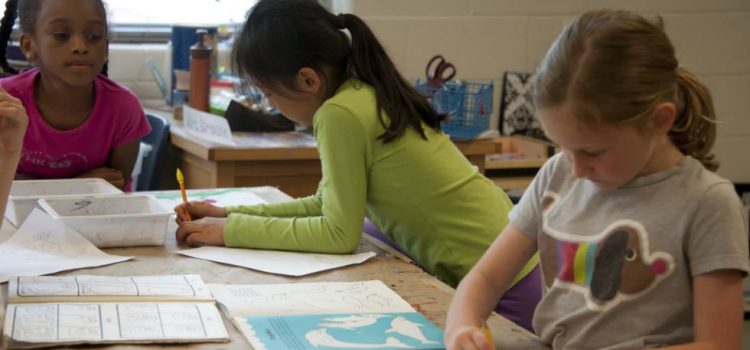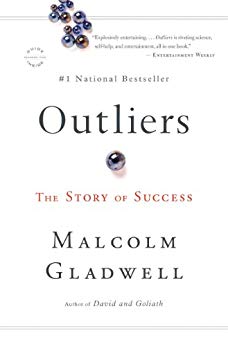

This article is an excerpt from the Shortform summary of "Outliers" by Malcolm Gladwell. Shortform has the world's best summaries of books you should be reading.
Like this article? Sign up for a free trial here .
What is the KIPP school model? How does the KIPP school model differ from the traditional American model of education?
The Knowledge is Power Program (KIPP) Academy began in the South Bronx as an experimental, public middle school intended to create opportunities for success for low-income, underserved communities. By extending students’ time in school (both over the course of the day and over the course of the year), KIPP’s approach compensates for some of the disadvantages low-income students face.
Let’s take a closer look at how KIPP helped students succeed by challenging the cultural norms of the American school system.
KIPP’s Approach Increases Students’ Opportunity to Learn
Gladwell explains that traditional American school schedules reflect 19th-century educators’ concerns that “over-study” would lead to insanity. As a result, they shortened the school day, eliminated Saturday classes, and developed the idea of a summer vacation. This placed a value on alternating work and rest, rather than practicing diligence.
By contrast, students of KIPP (Knowledge is Power Program) attend school for longer periods of time both over the course of a day and over the course of the school year. Students attend school from 7:45 a.m. to 5 p.m., and many students participate in extracurricular activities until 7 p.m. This works out to a school day that contains 50-60% more learning time than a day at a traditional public school. Additionally, the KIPP school year extends into the traditional summer vacation.
Gladwell writes that, by extending students’ time in school, KIPP’s approach compensates for some of the disadvantages low-income students face. He cites a Johns Hopkins study demonstrating that, although poorer students “outlearn” wealthier students during the school year, their math and reading scores drop over the summer, while scores among wealthy students increase. This trend compounds over time, reinforcing Gladwell’s principle of cumulative advantage (and disadvantage).
By continuing school into the summer break, KIPP enables students from poorer families to continue to learn rather than fall behind their wealthier peers. Furthermore, Gladwell posits that this challenges the cultural legacy that tells us that alternating work and rest is more important for success than diligence.
Additionally, Gladwell asserts that KIPP’s approach creates a more relaxed atmosphere in which students can question and struggle their way through problems at their own pace. Opportunities like this make school work meaningful.
| How Much Time vs. How You Spend It A five-year study of 43 KIPP middle schools across the country found that, during three years enrolled at KIPP, the extra instruction time added up: They had an additional eight months’ worth of reading, 11 months’ worth of math and social studies, and 14 months’ worth of science compared to peers in other schools. However, the study’s authors also point out there is variation among KIPP schools. For example, longer days don’t improve student performance unless those days dedicate more time to core subjects like math, science, and language arts. This appears to support Gladwell’s argument that KIPP’s culture of diligence is more effective than a cultural legacy that emphasizes alternating work and rest. On the other hand, one of the arguments in favor of longer school days in general—not at KIPP, specifically—is that it allows for more time on non-core subjects, such as arts and physical education. Proponents say that these types of classes, which are often considered nonessential, teach students social, emotional, and critical-thinking skills that are important for success outside of school. |
Gladwell credits KIPP’s unconventional schedule with students’ outlier-level success: While only 16% of middle school students in the South Bronx are performing at or above their grade level, seventh-grade KIPP students are already learning high school algebra. By eighth grade, 84% of KIPP students are performing at or above their grade level.
(Shortform note: On a nationwide scale, KIPP reported that 48% to 76% of third- through eighth-grade KIPP classes outperformed local districts in reading and math during the 2018-19 school year.)
———End of Preview———

Like what you just read? Read the rest of the world's best summary of "Outliers" at Shortform . Learn the book's critical concepts in 20 minutes or less .
Here's what you'll find in our full Outliers summary :
- What makes some people outliers, and most others not
- Why some genius outliers end up failing in life
- Why Asians are good at math, and other curiosities of culture






